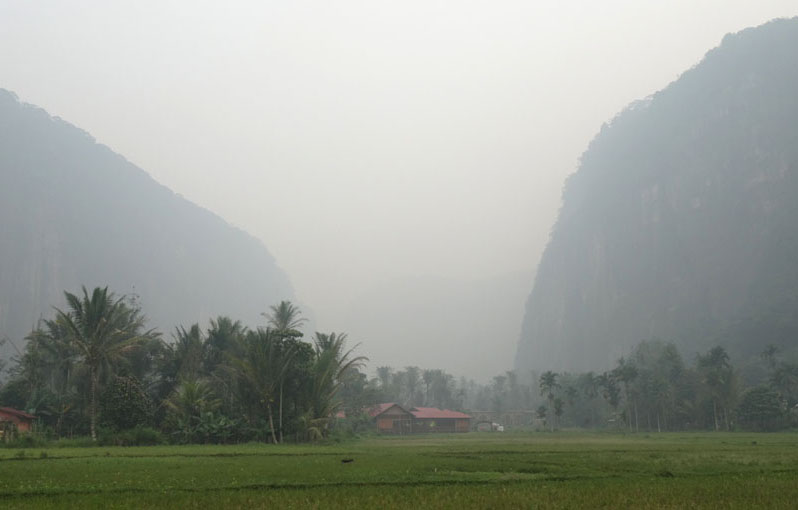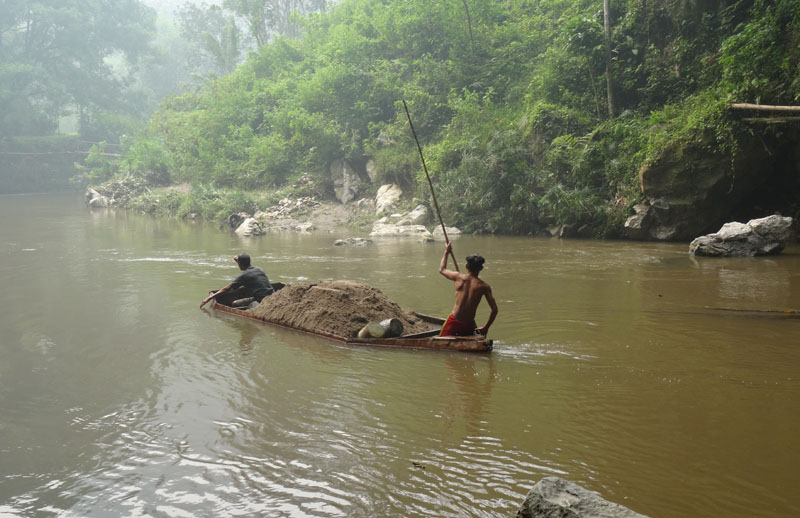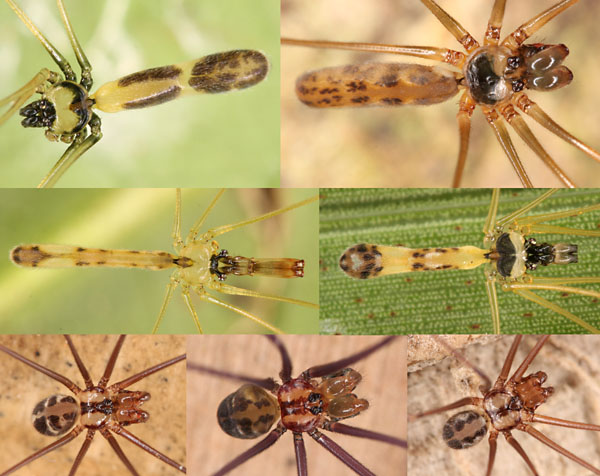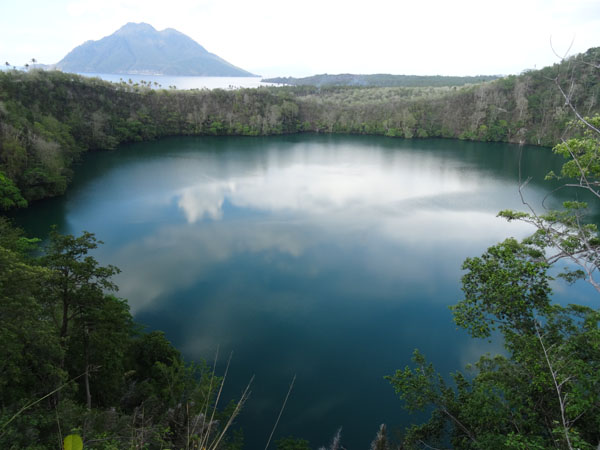In
October and November 2015 I visited Indonesia in the context of a
project on Southeast Asian pholcids. This was mainly an
exploratory trip, and I checked localities and options in Sumatra,
Kalimantan, Sulawesi, West Papua, Ternate, Halmahera, and Bali. As a
result, I probably spent more time at airports and in airplanes than in
forests, but at least I have a good overview now of which taxa to
expect in different regions of this vast nation and of the time and
money necessary for transport and logistics.
A major problem
during the first weeks was the intense haze covering large parts of
Sumatra and Borneo, resulting from burning palm oil plantations and
forests all over Indonesia. I visited some of the most beautiful spots
on Earth, like Harau Canyon (below) but the beauty was mostly hidden
behind thick smoke...

Of particular
interest was Baso Cave in West Sumatra, the type locality of Savarna baso (Roewer, 1963). The
cave is heavily used for sand extraction (photo below) but it is in
good condition, with large numbers of bats, swifts, crickets,
millipedes, and several families of spiders, but no Savarna. I am fairly convinced
now that Roewer's record is an error. It has been noted before
(Herversen & Martens 1972) that in Roewer’s arachnid collection
wrong localities are given for numerous type specimens and that all of
Roewer’s locality data need to be reevaluated with particular
skepticism.


These are some of the most exciting species I photographed during this trip: above two species of Uthina, the left one a very exceptional leaf-dwelling species; in the middle two species of Panjange; in the bottom row three species of Wugigarra, a genus with many species in Australia but without any described species from outside Australia.

Danau Tolire on Ternate Island, a beautiful crater lake with some nice but very steep forest.

A highlight at any trip: the food. Indonesia has an amazing variety of local specialties, and I rarely had to be content with more simple meals like the one on the right (in the Arfak Mountains, West Papua).
This trip was financed by the German Research Foundation (DFG project HU 980/11-1).